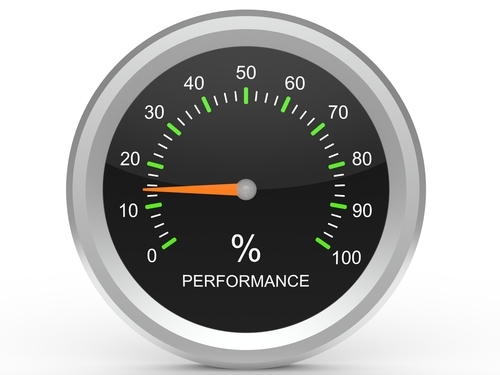
Credit ratings agency Fitch sees the newly applied "speed limits" on high loan to value lending as having a "limited" impact, but believes banks may see their profits squeezed.
The Reserve Bank has decided to limit residential mortgages with a loan-to-value ratio (LVR) in excess of 80% to no more than 10% of new loans from 1 October 2013.
Fitch director of financial institutions/international public finance Andrea Jaehne said the move would "buy time" for the stability of the NZ banking system.
"However, the impact is likely to be limited in scope and duration, as monetary policy settings remain accommodative."
Jaehne said while the policy might lead to some reduction on house price pressures, the tightening of lending conditions implied potentially greater competition for lower-LVR mortgages, "mitigating the overall impact".
"This could pressure the net interest margins and operating profit of several banks. Lenders will be able to widen margins on some higher-LVR loans, although these mortgages will also require more capital from September."
Jaehne said the recourse to macro-prudential measures to help protect the country's financial system highlighted the constraints faced by the RBNZ in raising interest rates.
"Any hikes in interest rates could attract further foreign capital inflows at a time when the New Zealand dollar is already near its record highs (since 1990) in nominal and real trade-weighted terms. Loose monetary policy could see credit eventually find its way into the system through other channels, lessening the impact of the LVR limits over time."
Jaehne said since almost a third of the new lending in recent months has been in mortgages with high LVRs, the forthcoming macro-prudential measures should limit the negative impact of any house price volatility on banks' asset quality and capital.
1 Comments
This is where the profitability is going to get squeezed, tougher LVR's are not to stop price of houses going up. Its to stop buyers loosing there shirts when the crash happens. Bubbles always burst.
If you want to track how close we are to the next financial collapse, there is one number that you need to be watching above all others. The number that I am talking about is the yield on 10 year U.S. Treasuries, because it affects thousands of other interest rates in our financial system. When the yield on 10 year U.S. Treasuries goes up, that is bad for the U.S. economy because it pushes long-term interest rates up. When interest rates rise, it constricts the flow of credit, and a healthy flow of credit is absolutely essential to the debt-based system that we live in.
So yes, we all need to be carefully watching the yield on 10 year U.S. Treasuries. On Friday, it opened at 2.76% and hit a high of 2.86% before closing at 2.83%. The yield on 10 year U.S. Treasuries is up nearly 120 basis points since the beginning of May, and almost everyone on Wall Street seems convinced that it is going to go much higher.
We are truly moving into unprecedented territory, because we have been in a bull market for U.S. Treasuries for the last 30 years. Many investors don't even know that it is possible to lose money on U.S. Treasuries. They have been described as "risk-free" investments, but that is far from the truth.


We welcome your comments below. If you are not already registered, please register to comment.
Remember we welcome robust, respectful and insightful debate. We don't welcome abusive or defamatory comments and will de-register those repeatedly making such comments. Our current comment policy is here.